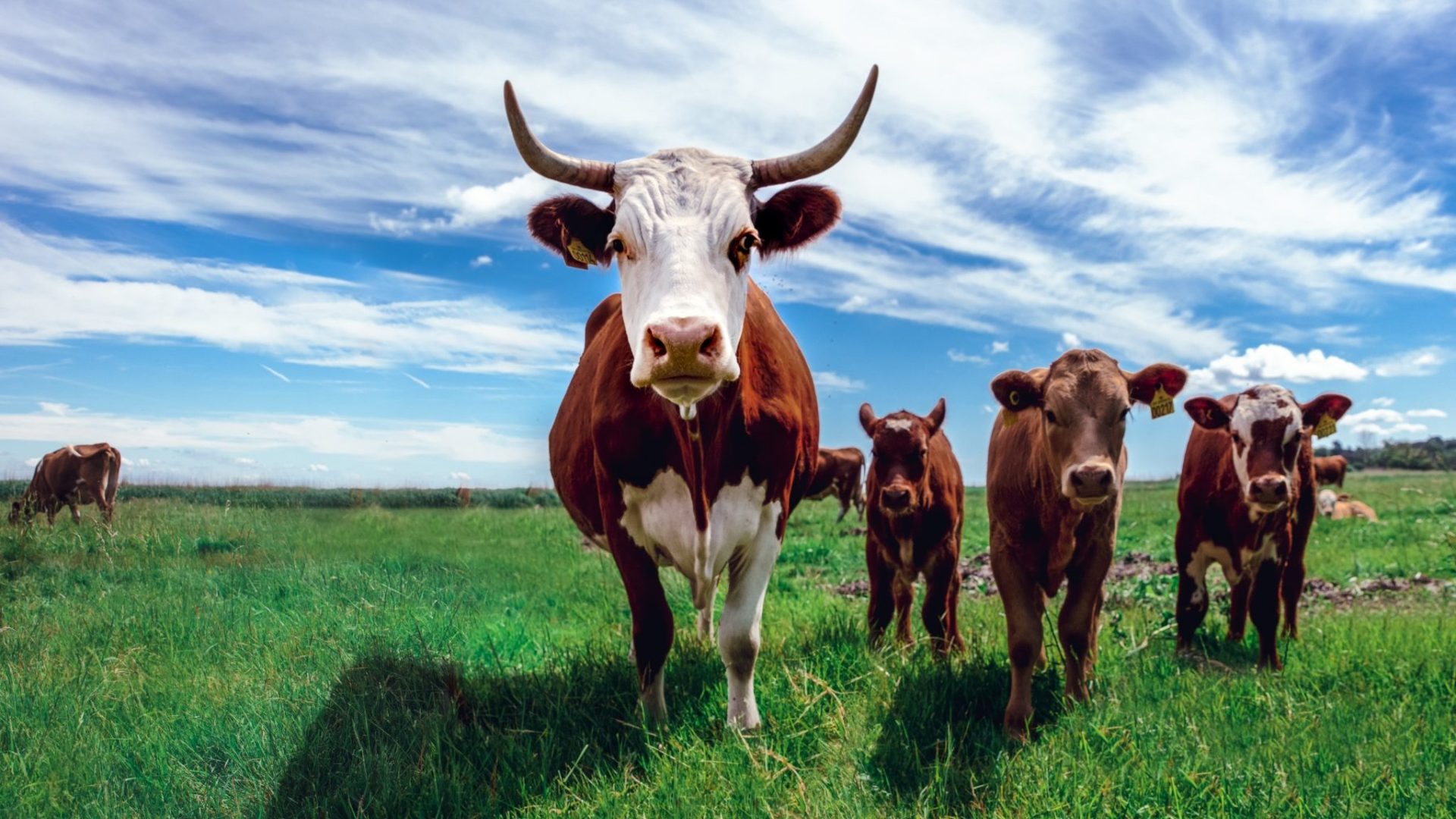Digital Platforms For Agricultural Extension Services

Welcome to the new world of digital agriculture! As we embrace the advancements in technology, our farming practices are also evolving to meet the demands of an ever-changing world. With the help of digital tools and innovations, farmers are now equipped with powerful resources to enhance productivity, optimize resources, and ensure sustainable farming practices.
In this digital era, the agricultural industry is witnessing a transformation like never before. With the integration of data analytics, artificial intelligence, and precision farming techniques, traditional farming methods are being revolutionized to maximize yields while minimizing environmental impact.
What is digital agriculture? This is a term used to describe the use of technology in agriculture to increase efficiency and improve overall production. It involves the collection, management, and analysis of data from various sources, such as sensors, drones, and satellite imagery, to make informed decisions for better crop management.
Ideas For Implementing Digital Agriculture
With the rapid advancements in technology, there are numerous innovative ideas that farmers can implement to enhance their agricultural practices. Here are some ideas to consider:
- Utilize IoT Sensors: Install internet of things (IoT) sensors to monitor soil moisture, temperature, and nutrient levels. This real-time data can help farmers make informed decisions about irrigation and fertilization, leading to optimized resource utilization.
- Embrace Precision Farming: Adopt precision farming techniques, such as variable rate application of inputs and automated machinery, to maximize yields while minimizing costs. This approach ensures that resources are used precisely where and when they are needed.
- Implement Remote Monitoring: Utilize remote monitoring systems to keep track of crop growth, pest infestation, and weather conditions. This enables farmers to take timely actions and mitigate risks effectively.
- Explore Drone Technology: Use drones equipped with cameras and sensors to capture aerial imagery of farms. This data can be analyzed to identify crop health issues, optimize irrigation, and monitor overall farm performance.
- Leverage Data Analytics: Analyze historical and real-time data to gain insights into crop performance, weather patterns, and market trends. This data-driven approach helps in making data-informed decisions across all aspects of farming.
Recommendations For Successful Implementation
While implementing digital agriculture, it is essential to consider certain recommendations to ensure its successful integration into farming practices. Here are some key recommendations:
- Invest in Training: Provide proper training to farmers and agricultural workers to equip them with the necessary knowledge and skills to utilize digital tools effectively.
- Access Reliable Sources: Ensure access to reliable sources of data and information, such as weather forecasts, market trends, and crop performance indices.
- Collaborate with Experts: Seek guidance from agricultural experts, researchers, and technology providers to make informed decisions and address challenges along the way.
- Maintain Data Privacy: Ensure that data collected from farms is stored securely and in compliance with data privacy standards.
- Regular Hardware and Software Updates: Keep digital tools and software up to date to ensure their optimal performance and security.
- Start Small, Scale Up: Begin implementing digital agriculture techniques in a small area, evaluate the results and gradually scale up based on the success achieved.
Listicle of Key Benefits of Digital Agriculture
Digital agriculture offers numerous benefits to farmers, transforming the way they operate and manage their farms. Here are some key advantages:
- Increased Productivity: Digital tools enable farmers to optimize resource utilization, reduce wastage, and maximize crop yields.
- Enhanced Efficiency: Automation and data-driven decision-making streamline farming processes, reducing manual efforts and time required for various tasks.
- Precision Farming: Digital agriculture techniques allow farmers to apply inputs precisely and efficiently, resulting in improved crop health and reduced environmental impact.
- Cost Savings: By optimizing resource utilization and reducing waste, farmers can save on operational costs and improve profitability.
- Climate Resilience: Access to real-time data and predictive analytics helps farmers respond to changing weather conditions and mitigate risks associated with climate change.
- Sustainable Practices: Digital agriculture enables farmers to adopt sustainable practices, such as conservation agriculture and organic farming, by providing data-backed insights.
- Market Access: By analyzing market trends and consumer preferences, farmers can align their production with demand, enhancing market access and profitability.
- Improved Decision-Making: Real-time data and analytics empower farmers to make informed decisions, optimize resources, and minimize risks associated with crop management.
- Farm Safety and Health: Automation and robotics reduce the need for manual labor, minimizing physical strain and exposure to harmful chemicals.
- Technology Adoption: Embracing digital agriculture positions farmers at the forefront of technological advancements, enhancing their reputation and attracting investments.
Question & Answer
1. How can data analytics benefit farmers in digital agriculture?
Data analytics enables farmers to gain insights into crop performance, identify patterns, and make informed decisions about irrigation, fertilization, and resource allocation. This helps in maximizing yields, minimizing costs, and ensuring efficient farm management.
2. What role does artificial intelligence (AI) play in digital agriculture?
AI technology helps in analyzing vast amounts of data collected from various sources, such as sensors and satellite imagery. It can identify patterns, predict crop diseases, and recommend optimal farming practices, empowering farmers to make data-driven decisions and improve overall productivity.
3. Are there any challenges in implementing digital agriculture?
While digital agriculture offers numerous benefits, there are challenges associated with its implementation. Some of these include the initial investment cost, technical complexity, availability of reliable data, and the need for proper training and upskilling of farmers and agricultural workers.
Summary of Digital Agriculture
In conclusion, digital agriculture is revolutionizing the traditional farming practices by harnessing the power of technology, data analytics, and automation. It empowers farmers to optimize resources, enhance productivity, and contribute to sustainable farming. By leveraging digital tools, farmers can make data-informed decisions, embrace precision farming techniques, and mitigate risks associated with climate change.
The ideas for implementing digital agriculture include utilizing IoT sensors, embracing precision farming, implementing remote monitoring, exploring drone technology, and leveraging data analytics. These ideas, when combined with proper training and collaborations with experts, can lead to successful implementation.
Digital agriculture offers numerous benefits to farmers, such as increased productivity, enhanced efficiency, cost savings, climate resilience, and market access. It also improves decision-making, promotes sustainable practices, and ensures farm safety and health.
While there may be challenges in implementing digital agriculture, the potential rewards outweigh the obstacles. As we embrace the new world of digital agriculture, we open doors to a more sustainable and efficient future for the agricultural industry.




Post a Comment for "Digital Platforms For Agricultural Extension Services"